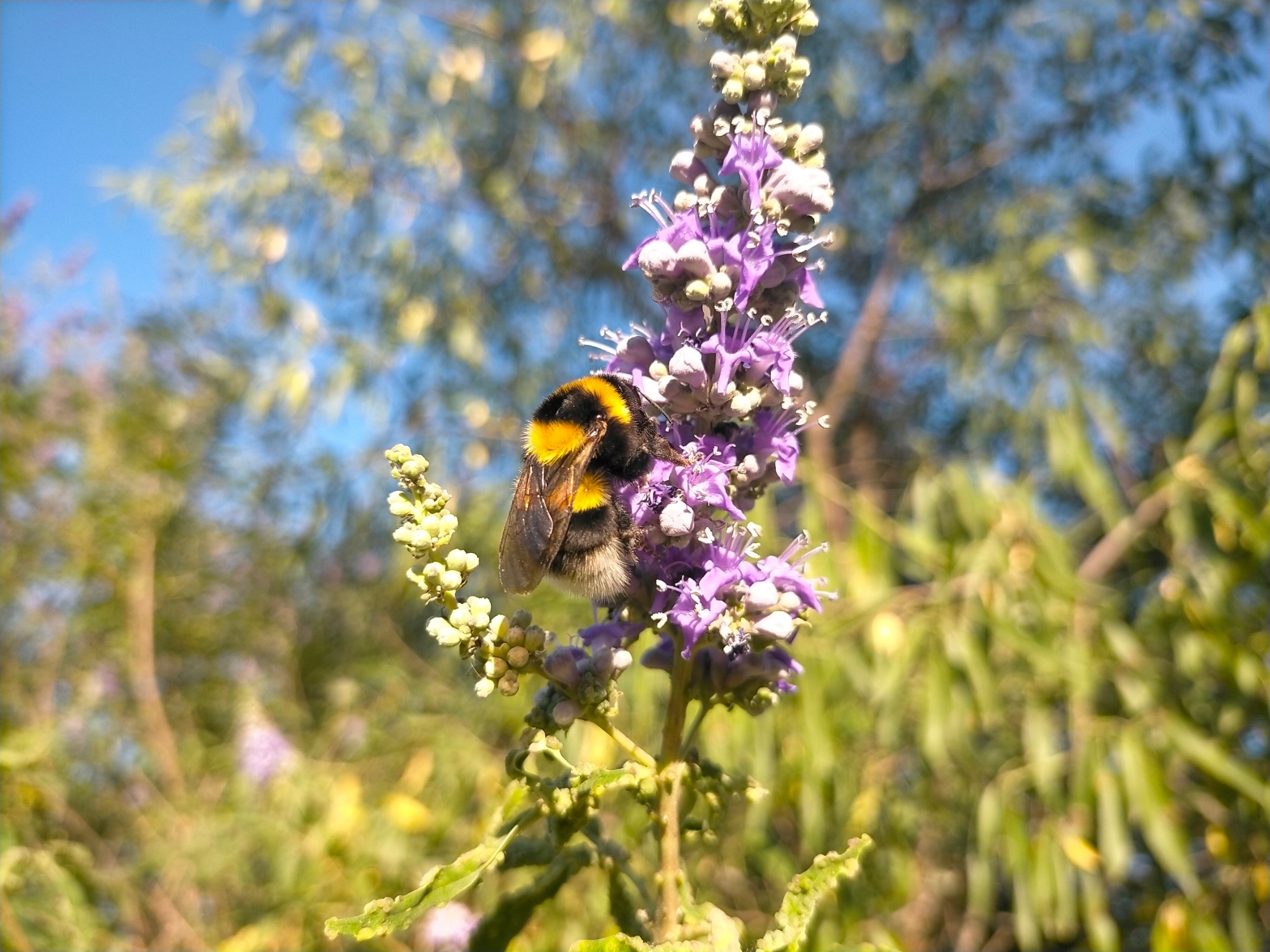How can a bumble bee survive in the cold Arctic Summer?
Bombus polaris and Bombus pyrrhopygus, known as the arctic bumblebee, live in Northern Scandinavia, Canada, Russia and the US state of Alaska. These are cold places and surviving in these places requires a greater effort to regulate their temperature. This insect might be a small animal but it has adapted to the cold climate by growing big for a bee species and being hairier. They also build insulated nests.
Being a large animal is advantageous if you live in a colder climate, and the Arctic bee is a relatively large insect. It might take more energy to warm a large body but a larger body will keep the heat longer. The bee is also hairier than most other bumble bees. The hair helps to trap the heat the bee generates.
On sunny days, the Arctic bees are basking in the sunlight. This helps them warm their bodies and they even use flowers to raise their body temperature more quickly. You can find the bees sitting inside flowers like arctic poppies.
On cloudy and cold days, when the temperature may even drop to below zero, the arctic bumblebee generates heat by shivering! The bee vibrates its large flight wings a little extra in cold weather and this keeps it warm even when the sun is not shining.
The Arctic bees’ ability to fly for long distances and at low temperatures makes them very important pollinators. The bee plays an important role in the biodiversity of wild plant species in the Arctic region. They help wildflowers, willows and berries thrive, which is good for birds and larger animals like reindeer.

What will happen to this bee when the climate changes?
The bumble bees’ behaviour is changing as the temperature rises. In the warmer weather, the bees are out earlier and they are also changing how they interact with flowers. Changes in one species can influence another species and fewer flowers and plants might influence larger animals such as reindeer. But we know little about the long-term consequences of the bumble bees’ behaviour.
Keith Larson studies plant communities in the Arctic environment. He has found that the tree line is creeping up mountains as the climate gets warmer. This means that there will be changes in the number of flowers growing in an area (Arctic vegetation does not grow where the trees grow). Bumble bees and plants have evolved together for thousands of years. But now the relationship is out of sync.
One thing that surprised the researcher Keith Larson was that the plants were creeping up the mountain as the climate changed but there were also species creeping down the mountain. This meant that there were fewer areas for plant species to survive. The plant species might be growing in patches further and further apart, making it more difficult for pollinators, like bees to visit different plants. Many plants in the Arctic region are perennials, which means that they do not reproduce every year, and with fewer pollinators, this might be a disaster.
Bees are a wonderful study any time of year, but seeing the first bumble bee in Spring is extra special. Feel inspired by the curiosity and wonder over this stunning insect. Use art and story writing to further ignite their curiosity and creativity. Why not make a Help Save Poster with a bumble bee and poppies?
Want to learn more about bees? Check out this blog post.

One thought on “How have the Arctic Bees Adapted to a Cold Climate? What happens when the Climate Changes?”